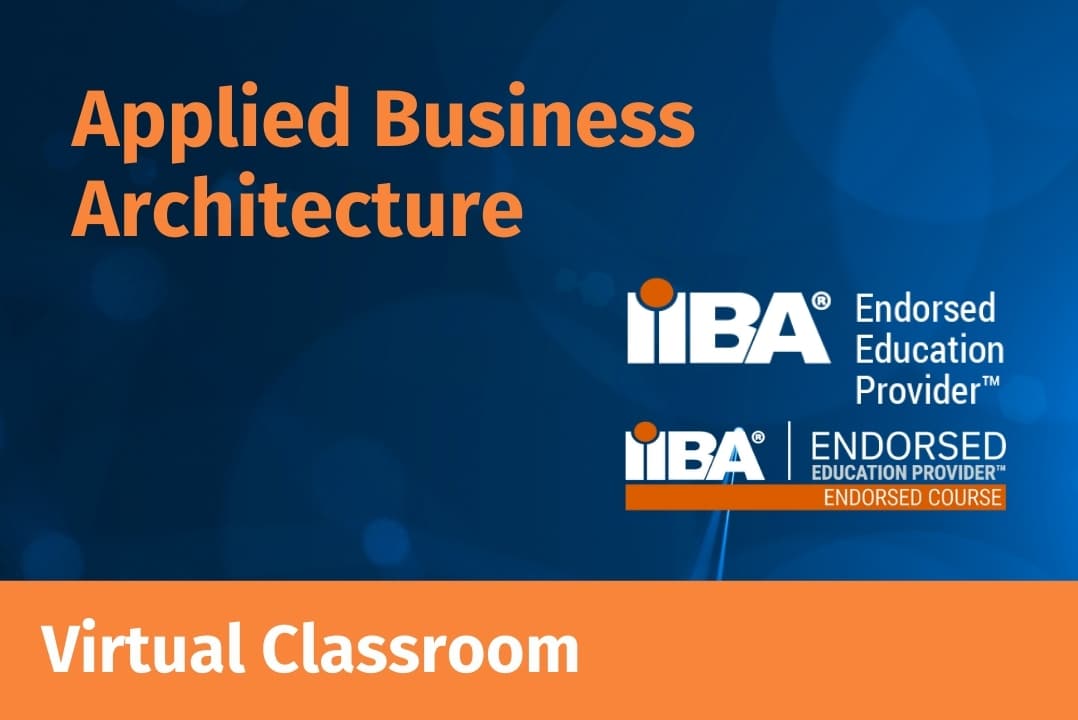Designing employee experiences is very different to designing customer experiences but similar techniques can be used to achieve great outcomes.
Most of my design experience has been in service experience design for public services or internal employee experience. The similarity with these cohorts is their drive to achieve an outcome – they both usually need to deliver a service, in a monopolised environment, resulting in a lack of choice, as opposed to market driven consumer behaviour where customer insights are key to understand behavioural and motivational drivers for product and service selection in a competitive landscape.
Employees and citizens are a relatively captive audience, and the services that are on offer to them are often limited or singular (i.e. there is only one option, which is often the case with government delivered social welfare services). Innovating a new service offer generally doesn’t happen via the design process, it’s more the focus on the experience of the service delivery to be optimised, and even making it enjoyable, that becomes the objective. Most projects of this nature are focussed on designing optimised mobile online self-service (digital) experiences for employees to reduce cost and reduce effort via other channels such as phone and face-to-face.
Due to this lack of choice, organisations that offer such unilateral services are rarely motivated to invest in optimising them unless there is a significant Return on Investment (ROI). Measuring ROI is quite a challenge when trying to measure qualitative factors such as ‘enjoyability’.
Employee feedback is only part of your key data set to prove that a change is required. You need to have analysis of service data to prove the experience creates significant effort for employees as well as cost-to-serve, in order to glean support for the need to change – as a designer you may need help with this!
Here are some considerations before kicking off your employee experience redesign initiative:
- Getting sponsorship . In risk averse organisations proving potential ROI, before your design is even elicited, in order to get a supported business case to invest in the change. Investing in what are ‘back of house’ services for organisations can be a difficult sell. Executive sponsorship to support the change and investment is imperative from the outset. Get your numbers right.
- Being able to take people out of their day jobs to do design. Part of the investment is being able to take people offline to participate in research and the design process. This commitment can be a big ask for organisations that have very limited specialist capability in specific areas, as even having one staff member absent for a period of time can have significant business impact. The art (and science) is to run your design process flexibly and rapidly to minimise this impact. However, another consideration is identifying who is going to own, drive and implement the change which is often the members of your multidisciplinary co-design team. Make it clear to your sponsor and future owners of the change across the people, process and technology landscape that these resources are required ongoing to ensure the integrity of the design is maintained throughout build and implementation is critical.
- Experience Design using design-thinking techniques is not the end of the design process – it’s the beginning. There is a misconception that taking a design-thinking approach to a problem provides enough detail to go straight to a build – it doesn’t. If your experience design requires business process re-engineering, changes to policies, or an exploration of a variety of technologies in order to deliver the new experience, the organisation will need to establish a program of work to do further investigation and detailed design.
Many employee experiences end-to-end can be highly complex (‘hire to retire’, or even just on-boarding a new employee), so simplifying what is usually a very complex range of services to deliver the experience involves a lot of analysis and detailed design by business process engineers, LEAN practitioners, policy specialists, functional business analysts and solution architects engaging with SMEs and change managers.
- Commitment to the holistic change, even if it’s big and a long-haul. Quite often I get to the end of an experience design process and the key stakeholders freak out about how much work is required to enable the holistic change (especially in immature organisations). Putting capability change into ‘buckets’ across bracketed time horizons is important to show how the organisation can ‘eat the elephant’. The first horizon of 30-60 days is critical to ensuring the business feels it can deliver the ask in the timeframe, and provide some space to scope in more detail for the work in the future horizons. Even better is if your design team members can own the delivery of the first horizon, to ensure integrity of the intent of the change and maintaining energy to achieve the vision.
- Most organisations do change very poorly. This is the opportunity for the team to design a change and ensure that the approach is well thought out and planned. Understanding the full scope of the intended change, gives the organisation an opportunity to invest in change management, rather than having it as an after-thought (which we all know happens a lot!). Adopting change management models such as PROSCI, offers a structured approach to delivering the change.
Running a design process is one thing, but getting the design sponsored, built and implemented to the intended vision is the investment the organisation needs to commit to for success. Establishing these expectations upfront with key sponsors will enhance the chance of the change being implemented to the design intent and vision.
Michelle has had a longstanding career using design-thinking method for Customer Experience (CX), and User Experience (UX) design in digital across multiple industries.
She is based in Brisbane.
To find out more about the EA Learning Introduction to Service Design Course please fill out the below form or click here to view our course range.



 3 day course
3 day course